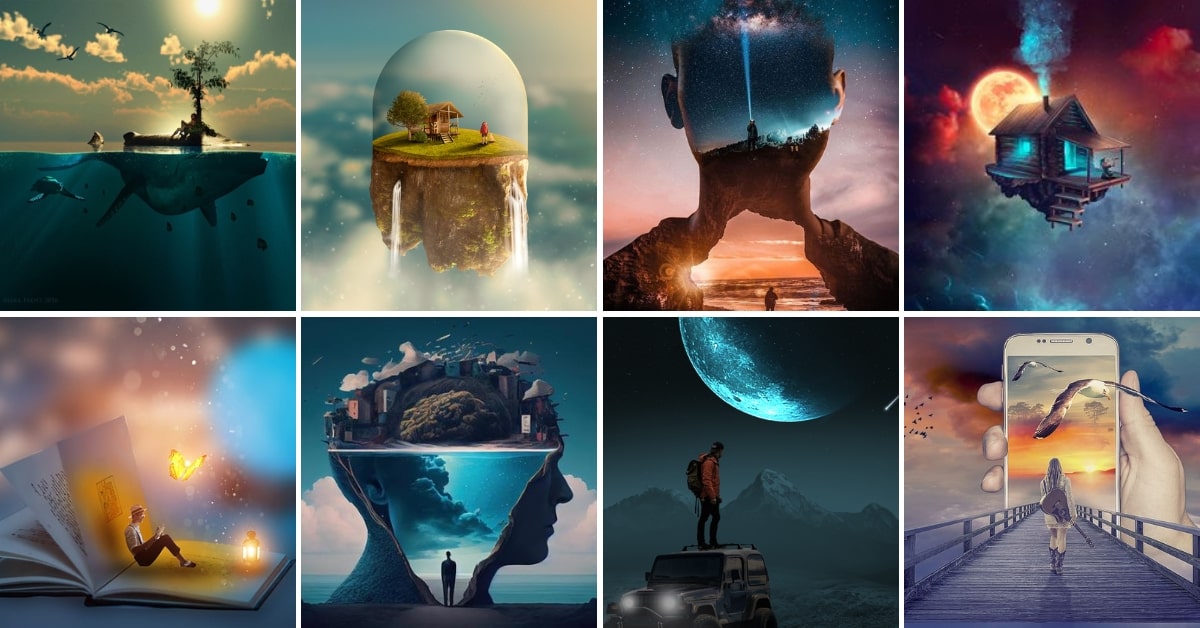Image manipulation is a fascinating art form that allows you to transform and enhance digital images to create visually striking compositions. With the power of modern software tools, there are countless ways to manipulate images, from simple retouching to complex, surreal creations. In this article, we’ll explore 10 different ways to manipulate images, providing you with creative ideas and techniques to unleash your artistic potential.
1. Color Manipulation
One of the most common and impactful image manipulation techniques is color manipulation. This involves adjusting colors, contrast, and saturation to enhance or completely transform the mood and aesthetics of an image.
2. Clipping Path Techniques
Clipping path techniques are often used to isolate objects or subjects from their backgrounds. This method allows you to create clean, precise selections and is widely used in graphic design, e-commerce product photography, and more.
3. Composite Imaging
Composite imaging is the art of combining multiple images to create a new, unique composition. It’s a technique often used in advertising, digital art, and photography to tell a story or convey a specific message.
4. Digital Painting
Digital painting involves using digital brushes and techniques to add or alter elements within an image. This technique allows artists to create intricate and detailed artworks.
Photo retouching is about enhancing portraits and images by removing imperfections, smoothing skin, and improving overall visual appeal. It’s widely used in the fashion and beauty industries.
6. Distortion and Warping
For a more surreal and creative approach, you can distort or warp elements within an image. This technique is often used in abstract art and unconventional visual storytelling.
7. Surreal and Fantasy Art
Surreal and fantasy art manipulation allows you to create imaginative and dreamlike visuals. You can transport your audience to a world of whimsy, mystery, and enchantment.
8. Mosaic and Pixelation
Mosaic and pixelation techniques are often used for privacy and anonymity. They involve breaking down an image into blocky or pixelated forms to obscure details.
9. Duotone and Color Grading
Duotone is a technique where an image is converted to just two colors, creating a striking, high-contrast effect. Color grading, on the other hand, involves adjusting the color tone of an image to set a specific mood or atmosphere.
10. Geometric Manipulation
By incorporating geometric shapes and patterns, you can create visually stunning compositions that appeal to our innate sense of order and symmetry.
Conclusion
Image manipulation offers endless possibilities for creative expression. Whether you’re a professional graphic designer, a photographer, or simply someone with a passion for art, these 10 different ways to manipulate images can help you unlock your artistic potential. Experiment with these photo editing techniques, combine them and don’t be afraid to push the boundaries of your creativity. In the digital age, image manipulation is an art form that continues to evolve, offering exciting new horizons for artists and enthusiasts alike.
FAQs
Q1. Is image manipulation difficult to learn?
A1. Image manipulation can be as simple or as complex as you want it to be. There are many user-friendly software programs and online tutorials to help you get started.
Q2. Are there any legal considerations when manipulating images?
A2. Yes, there can be legal implications, especially if manipulated images are used to deceive or harm others. Always respect copyright laws and seek proper permissions when necessary.
Q3. Can I use image manipulation for professional purposes?
A3. Absolutely! Many professionals, including photographers, graphic designers, and artists, use image manipulation in their work to achieve specific creative and artistic goals.
This page was last edited on 20 February 2024, at 3:18 pm
